Code for Conservation: How AI is Becoming Wildlife’s New Guardian
The natural world faces an unprecedented crisis, with the United Nations estimating over a million species teetering on the brink of extinction. It’s a stark reminder that “Our own survival depends on wildlife… just as much as their survival depends on us.” While the challenge is immense, a powerful and perhaps surprising ally has emerged: Artificial Intelligence. Across the globe, developers and conservationists are harnessing AI and accelerated computing to turn the tide for endangered animals and fragile ecosystems.
From monitoring vast landscapes to understanding intricate animal behaviors, AI is providing tools that were unimaginable just a few years ago. Let’s explore some groundbreaking initiatives highlighted on World Wildlife Day (March 3rd) that showcase this technological revolution in conservation.
EarthRanger: A Central Nervous System for Conservation
At the heart of many efforts is Ai2’s EarthRanger, a software platform acting as a central hub for wildlife conservation data. Based in Seattle, this non-profit research institute provides a tool that integrates information from camera traps, acoustic sensors, satellites, GPS collars, and field reports. This gives protected-area managers, ecologists, and biologists a real-time, unified view to make informed decisions – whether it’s preventing poaching, spotting injured animals, or studying behavior.
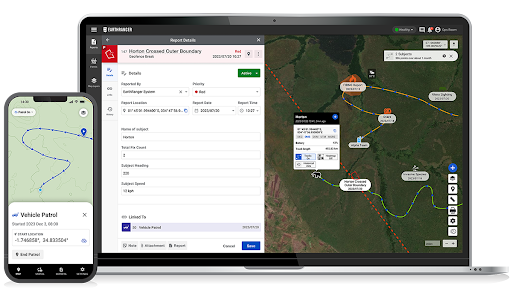
One exciting project involves developing an ML model, trained using NVIDIA Hopper GPUs, to predict elephant movements near human settlements. By analyzing data from the world’s largest elephant movement repository (thanks to data sharing by EarthRanger users), the AI aims to anticipate potential crop raids, allowing rangers to proactively guide elephants away from conflict using safe methods like vehicles or even chili bombs. EarthRanger is already deployed in 76 countries, supporting diverse conservation efforts.
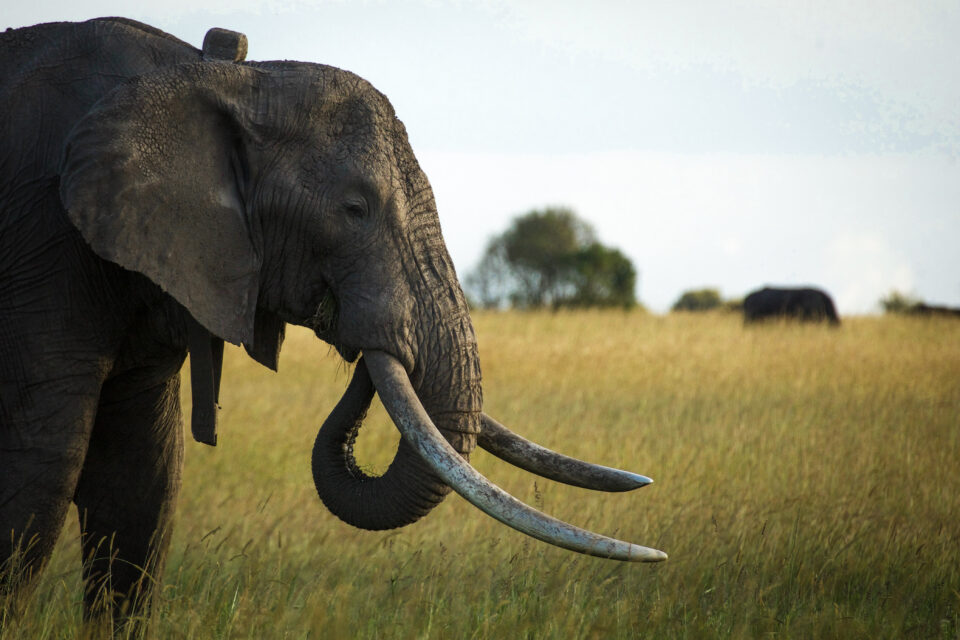
AI in Action: Diverse Applications
Several organizations leverage EarthRanger and advanced AI, often powered by NVIDIA’s accelerated computing platforms:
-
Rouxcel Technology (South Africa): Tackling rhino poaching head-on, their AI-powered RhinoWatches learn individual rhino behaviors. Any deviation – straying from territory, fighting, signs of distress – triggers real-time alerts. With over 1,200 devices deployed across South Africa (and expanding to Kenya and Namibia), they’re protecting vast habitats using NVIDIA tech for model training and optimization. They’re now looking to adapt this for other critically endangered species like pangolins.
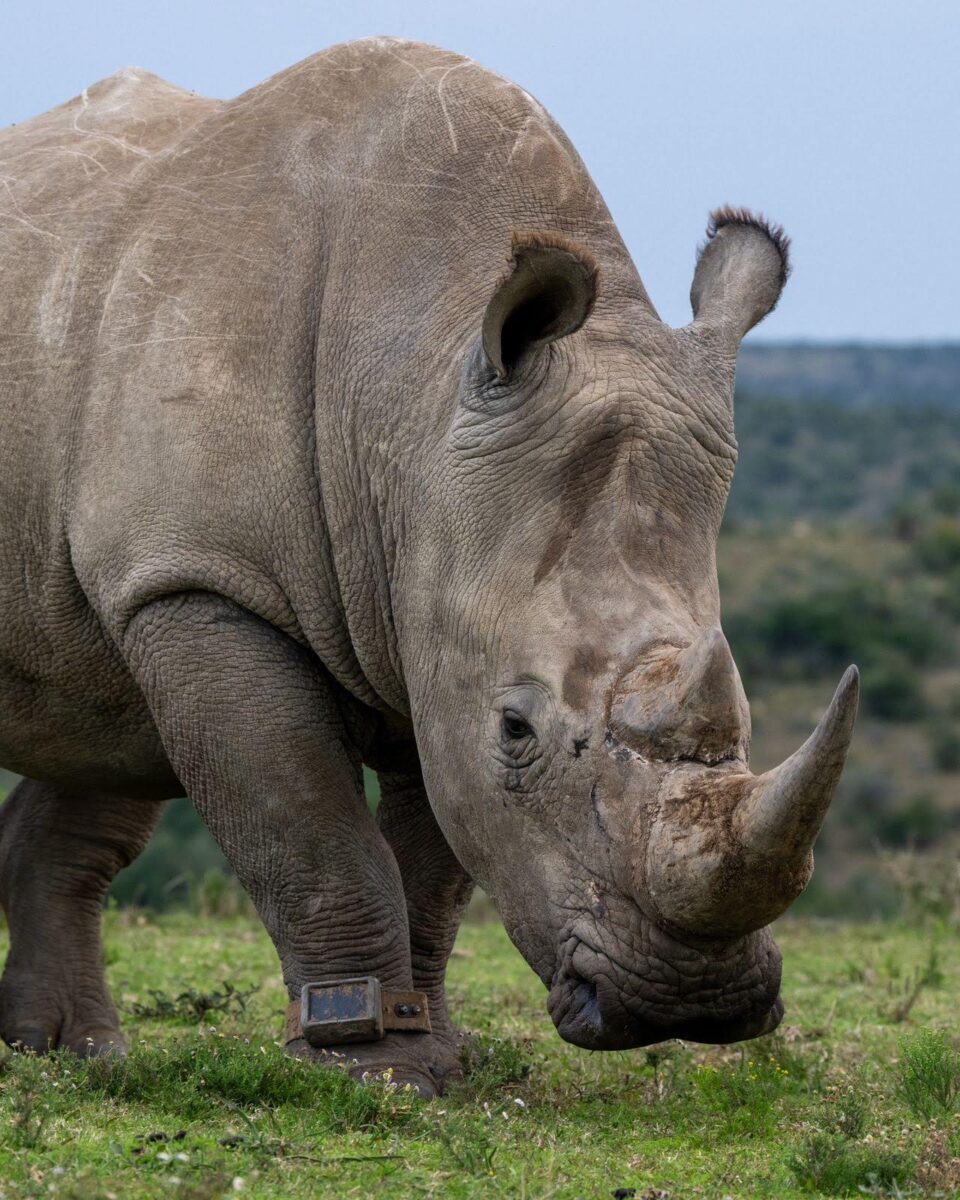
-
OroraTech (Germany/Global): This NVIDIA Inception startup focuses on wildfire detection. By fusing satellite imagery (processed onboard satellites using NVIDIA Jetson) with ground data and AI, they provide rapid alerts (within 5 minutes!) for fires threatening habitats and potentially driving poaching activities. Their AI pipeline uses NVIDIA cuDNN and TensorRT for high-precision thermal anomaly detection, monitoring over 30 million hectares globally.
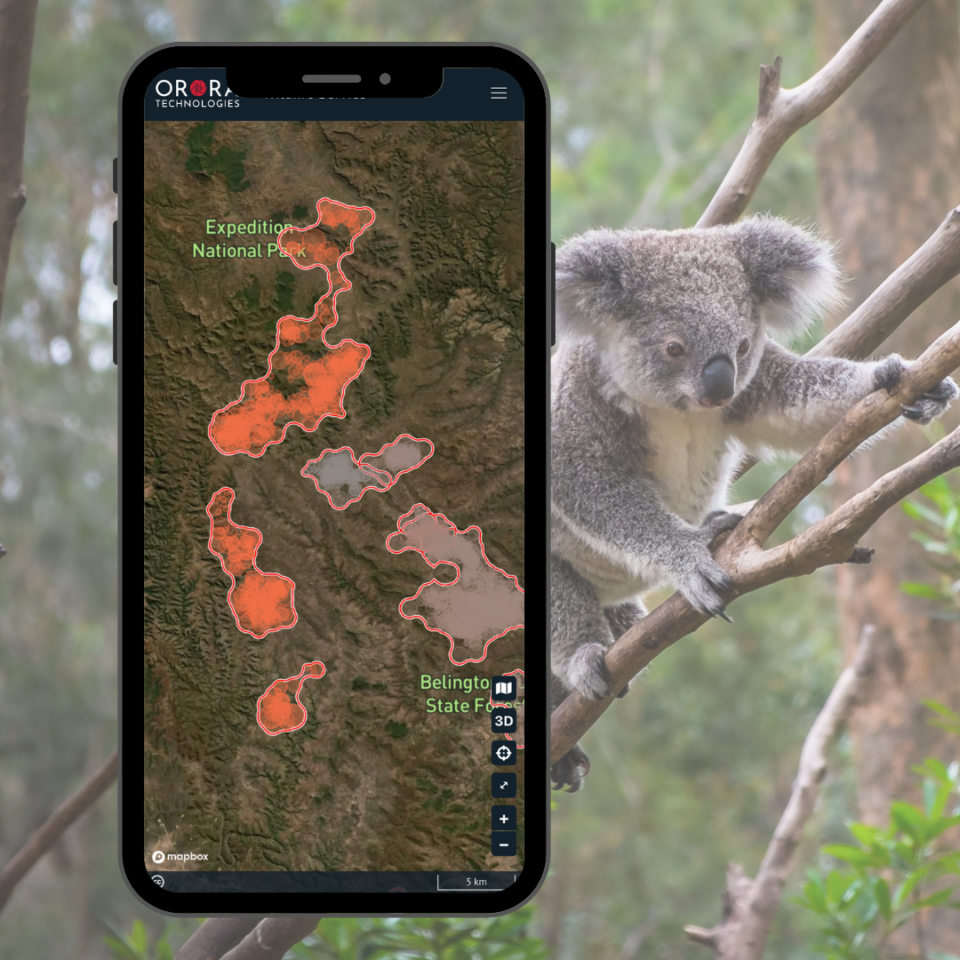
-
Wildlife Protection Solutions (WPS - Global): Supporting over 250 projects worldwide, WPS uses AI-powered remote cameras (~3,000 globally) to monitor wildlife and detect poachers in real-time. Processing 65,000 photos daily, their AI models (optimized with NVIDIA accelerated computing) trigger alerts for rangers. Their free tool enables remote monitoring and proactive deterrence.
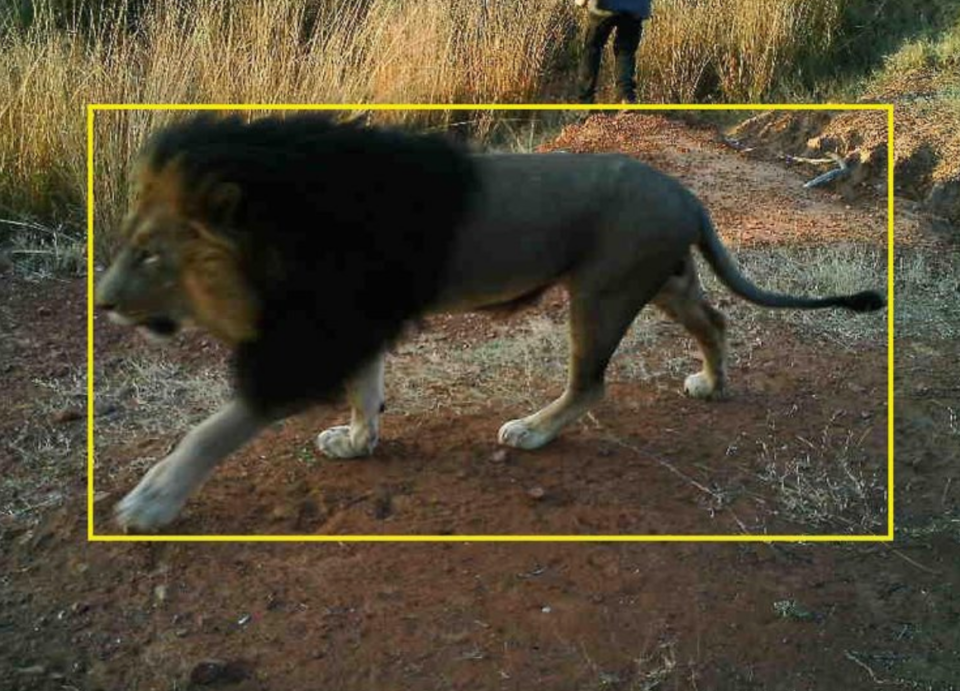
-
Conservation X Labs (USA): Mission-driven to prevent the sixth mass extinction, this organization utilizes EarthRanger for initiatives like:
- Wild Me: Open-source AI software aiding over 2,000 researchers. It uses computer vision (leveraging AI foundation models trained on NVIDIA hardware) to identify individual animals (like whale sharks) from crowdsourced photos (a database of 14 million images!), dramatically speeding up population studies.
- Sentinel: This technology upgrades traditional tools like trail cameras with edge AI, processing data locally and transmitting real-time, actionable insights (like detecting a limping panther needing aid) via satellite/cellular networks. It has already delivered ~100,000 insights across 80 species. (Video showing Sentinel detecting a limping panther available in the original article)
Summary & Key Takeaways
Artificial intelligence is no longer just a concept; it’s a deployed, effective tool making a tangible difference in the fight to protect our planet’s biodiversity. Key takeaways include:
- Real-Time Insights: AI enables rapid analysis of vast datasets from diverse sensors, providing immediate alerts for threats like poaching, wildfires, or animal distress.
- Predictive Power: Machine learning models can forecast events like human-wildlife conflict, allowing for proactive intervention.
- Scalability: Platforms like EarthRanger and cloud computing allow sophisticated tools to be deployed globally.
- Efficiency: AI automates tasks like species identification from images, freeing up researchers and conservationists for other critical work.
- Collaboration: Shared platforms and open-source tools foster cooperation among conservation organizations worldwide.
Related Resources
- Ai2 EarthRanger: https://allenai.org/earthranger
- NVIDIA AI Solutions: https://www.nvidia.com/en-us/solutions/ai/
- World Wildlife Day: https://wildlifeday.org/en/
Food for Thought
As AI becomes more integrated into conservation, what ethical considerations should guide its deployment, especially concerning surveillance in natural habitats? How else can software engineers and data scientists leverage their skills to contribute to protecting wildlife?
This post summarizes key points from an article originally published on the NVIDIA Blog.
Original Source: Lee, Angie. (2025, March 3). Animals Crossing: AI Helps Protect Wildlife Across the Globe. NVIDIA Blog. Retrieved from https://blogs.nvidia.com/blog/ai-protects-wildlife/?ref=dailydev